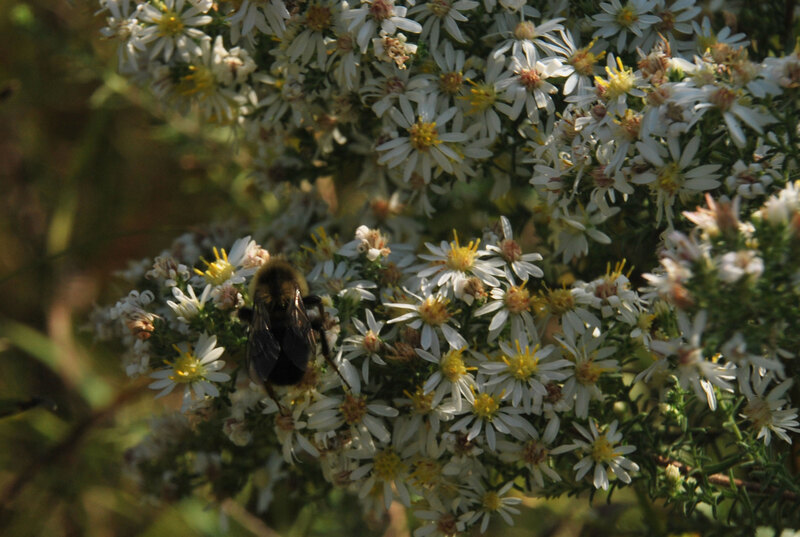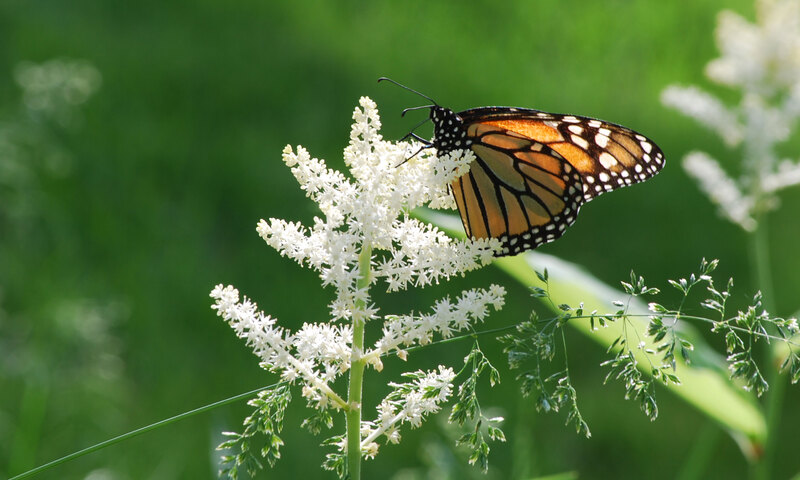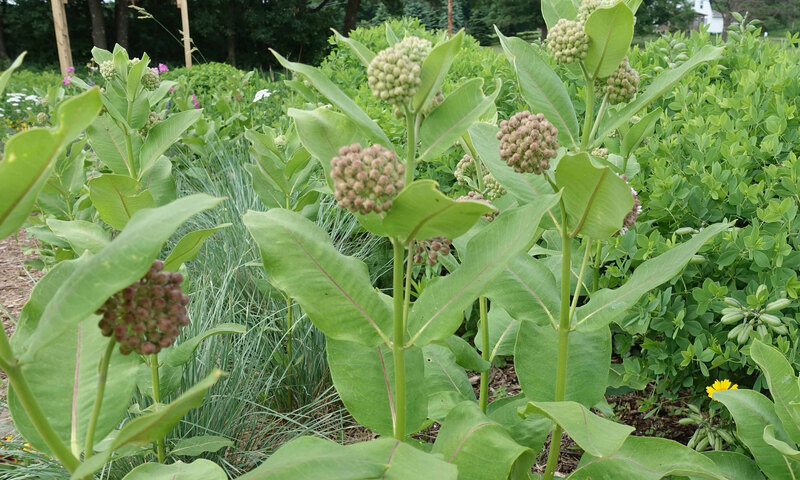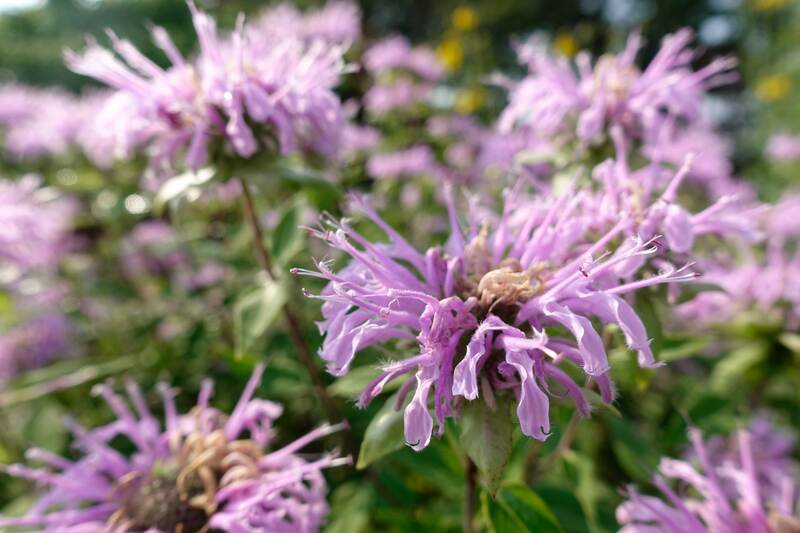|
Left to right: Large-leaved Aster, False Solomon's Seal, Swamp Milkweed, Wild Bergamot There’s new terminology for letting your garden get a little wild: rewilding. I’ve been doing this for years without putting a name to inattentive gardening, but now it’s in vogue. Love that! This week has been declared Pollinator Week by the University of Wisconsin Horticulture and rewilding the garden fits right into adding more native plants to our gardens. By letting nature do some of the planting we can increase native vegetation that pollinators appreciate. In looking through Heather Holm’s book, Pollinators of Native Plants, many of the plants look familiar. This book is an excellent field guide for pollinator plants. Here’s some that have established in my gardens without much effort on my part.
Blog and Photos by Sue Reinardy, Master Gardener
0 Comments
Leave a Reply. |
|
| North Country MGV | gARDEN bLOGS |
Location |
|




 RSS Feed
RSS Feed